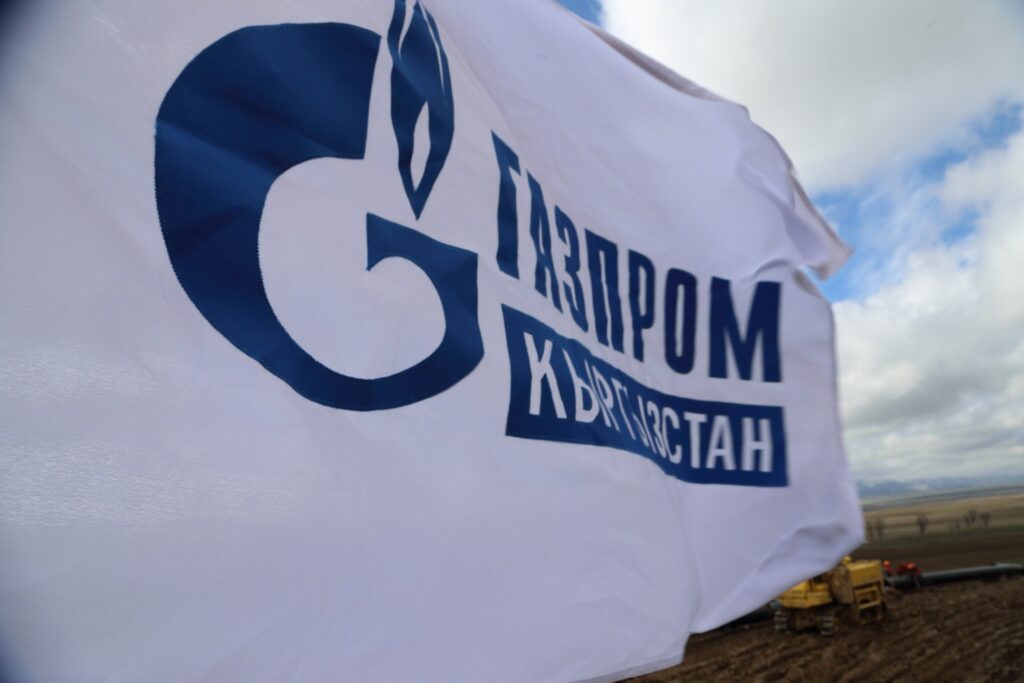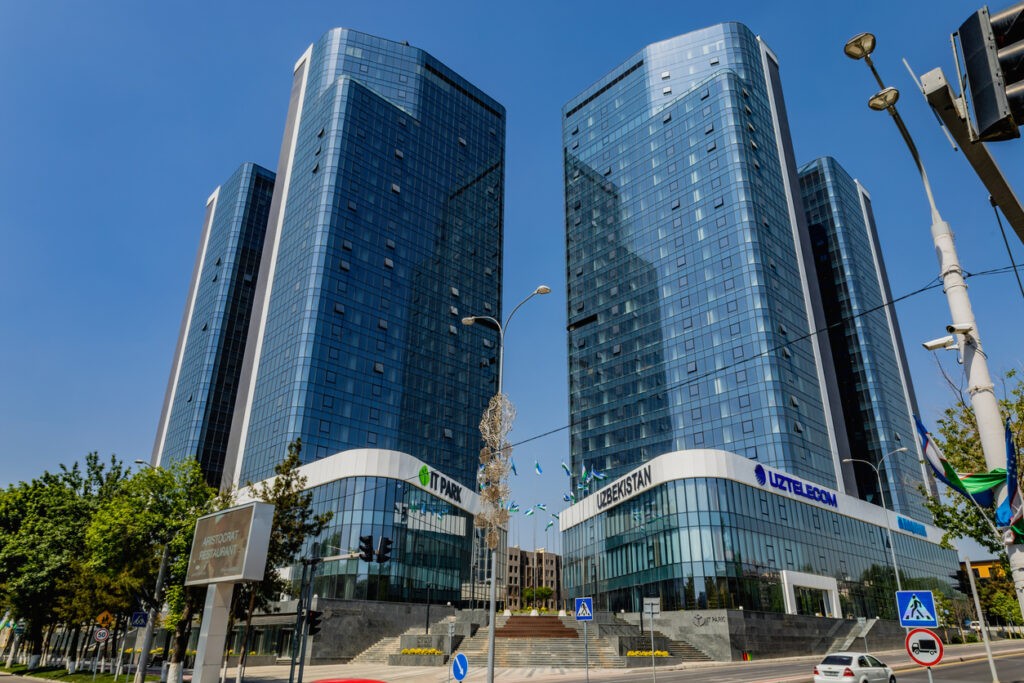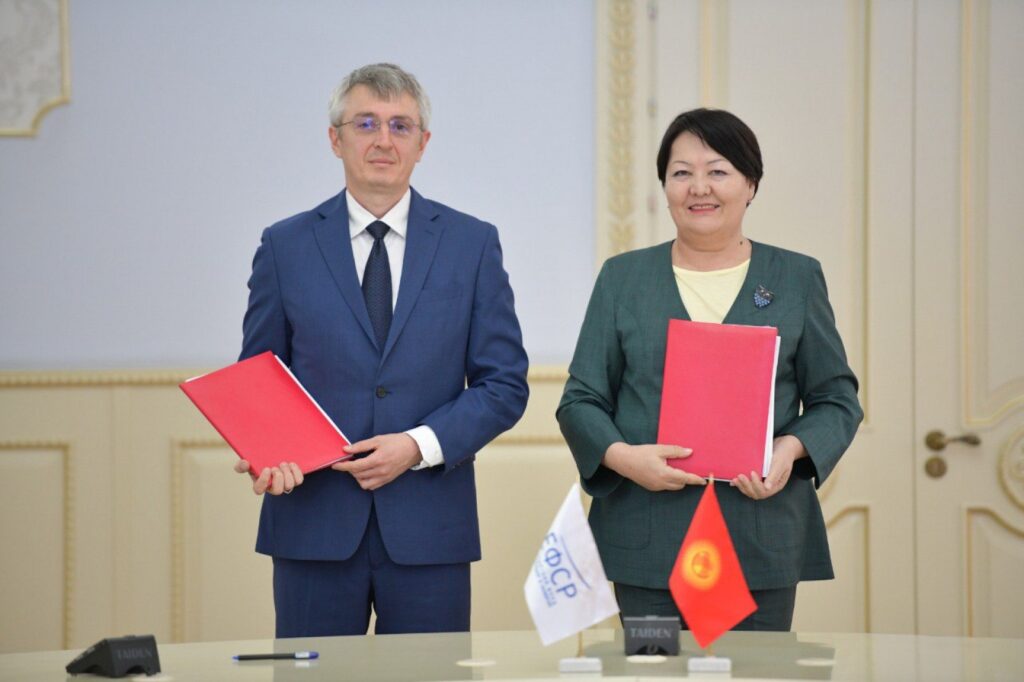DUSHANBE (TCA) — Strong GDP growth continued in Tajikistan in 2019, remaining robust at 7.2 percent year-on-year in the first three quarters of 2019, according to the fall 2019 edition of the World Bank’s biannual Tajikistan Economic Update, which outlines the economic situation in the country, as well as the medium-term development prospects.
While international prices for aluminum and cotton increased, prices for precious metals declined, negatively affecting Tajikistan’s export earnings, the report says.
With import spending also falling—reflecting delays in public investment projects—the trade deficit narrowed year-on-year in the first half of 2019. Together with a reduction of the trade deficit in services and income transfers, this drove a reduction in the current account deficit to 7 percent of GDP in the first half (compared to a deficit of 11 percent of GDP in the year-earlier period).
A projected recovery in the import bill in the fourth quarter of 2019 will keep the current account deficit at around 5 percent of GDP in full-year 2019, relatively unchanged to the 2018 deficit of 5.1 percent of GDP.
Despite challenges in revenue collection, the authorities managed to limit the budget deficit to about 2.8 percent of GDP during January-September 2019. This outcome is consistent with the fiscal consolidation push launched in 2018 when the fiscal deficit fell to 2.7 percent of GDP (from 6.7 percent in 2017), the report says.
Tajikistan’s public external debt amounted to $2.9 billion (40 percent of GDP) at the end of 2018, up from 24 percent of GDP in 2014. According to the latest Debt Sustainability Analysis, the country remains at a high risk of debt distress. The financial sector saw a further reduction in nonperforming loans and considerable growth in earnings despite the pending resolution of two problem banks.
Real GDP growth slowed from 7.3 percent in 2018 to 6.2 percent in 2019, and will slow further to 5.5–5.0 percent over the period 2020–21, reflecting weaker growth in Russia and lower international commodity prices. Remittance inflows will remain sluggish over the medium-term. Mining, manufacturing, and construction will support economic activity, according to the report.
The special focus section of this report elaborates on the fiscal and economic risks associated with natural disasters in Tajikistan. More than 60 percent of the country’s 9 million inhabitants live in areas of high seismic risk. As such, natural disasters pose a major threat to economic and fiscal stability.
The population’s exposure to hazard risks represents explicit contingent liabilities for the government. While the government has created a number of funds, these have not been allocated with sufficient resources to meet the country’s needs in post-disaster expenditures.
To ensure adequate implementation, further steps are required, including an accruing contingency fund earmarked for natural disasters, the introduction of improved insurance mechanisms, and the systematic collection of information on disaster-related expenditures, the report concludes.









